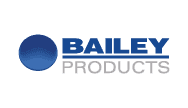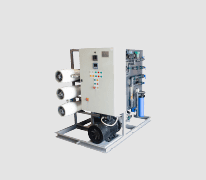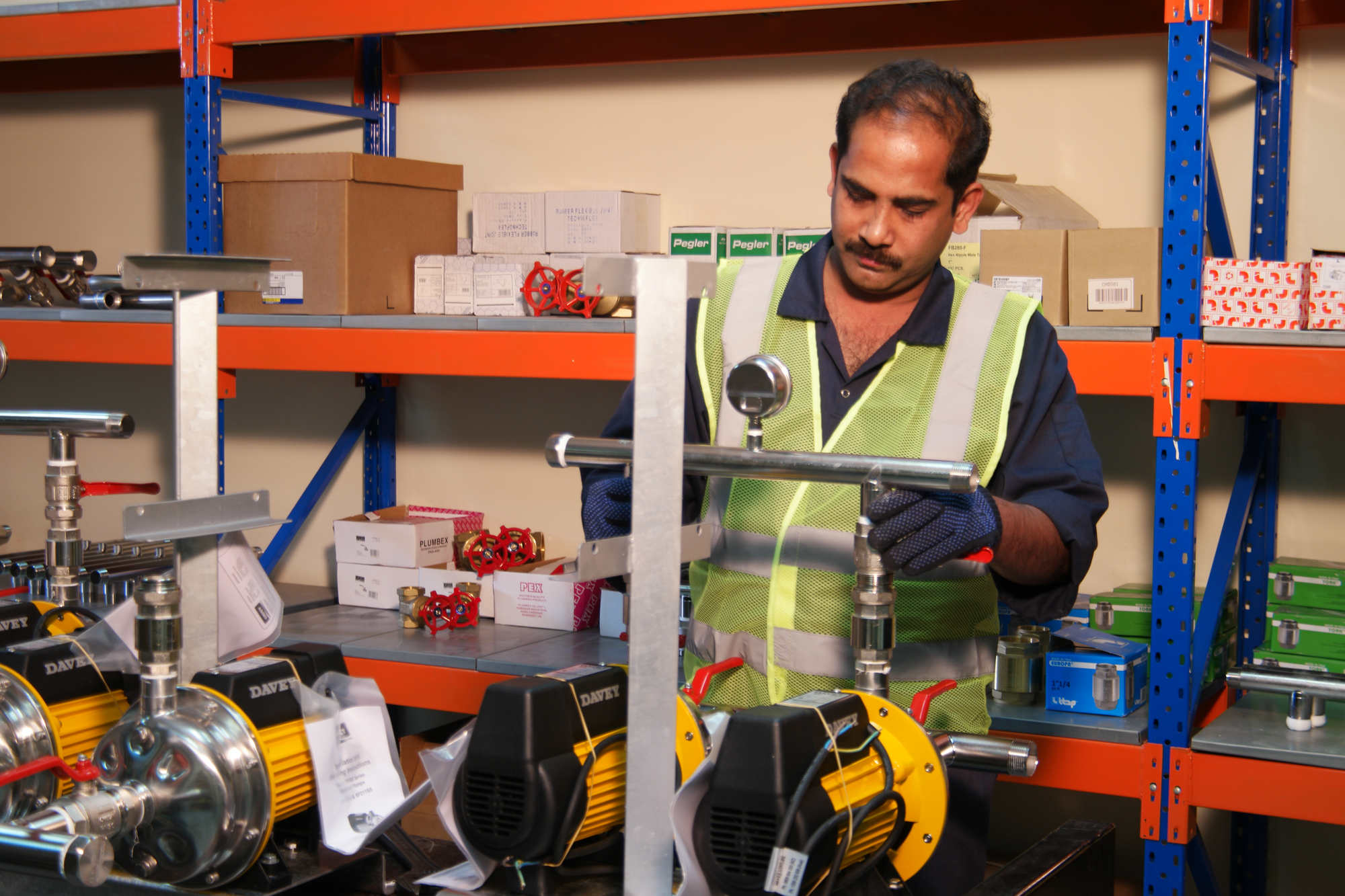What is reverse osmosis, what does it do, what is a reverse osmosis water system, and how does a reverse osmosis system work? In this post, we answer these questions, discussing the concept of reverse osmosis and its applications.
What Is Reverse Osmosis and What Does It Do?
To understand reverse osmosis, we must talk about osmosis or forward osmosis first.
Forward Osmosis
Forward osmosis is a naturally occurring passive phenomenon. You don’t need to spend energy to make it happen. It is defined as the movement of water molecules from an ‘area of low concentration’ through a semipermeable membrane to an ‘area of high concentration’.
In this context, an area of high concentration is water with a high concentration of contaminants. Such contaminants can be elements and compounds (i.e., collectively known as substances) mixed, suspended, or dissolved in the water. Examples of contaminants are salts and hydrocarbons.
Therefore, an area of high concentration in osmosis refers to highly contaminated water. Meanwhile, an area of low concentration is water with little to no contaminants; you may also call it diluted water.
In osmosis, a semipermeable membrane separates the concentrated and diluted water. While water molecules can easily pass through the membrane, charged and large molecules cannot. Therefore, water molecules continuously move from the diluted area to the concentrated area until equilibrium is achieved – i.e., both sides have an equal concentration of substances.
Reverse Osmosis
The opposite of forward osmosis is reverse osmosis, meaning the direction of movement is reversed. In reverse osmosis, water moves from an area of high concentration to an area of low concentration.
This process is not passive or natural, so you must make it happen. You accomplish this by applying pressure on the contaminated water and forcing it through a semipermeable membrane to trap ions and large molecules on the contaminated side and extract uncontaminated water on the other end.
Reverse osmosis, therefore, is a filtration or water treatment method. A reverse osmosis or RO water system transforms concentrated water (e.g., highly saline water or water with a high hydrocarbon content) into water fit for drinking, cooking and other such uses.
What Is an RO Water System and How Does It Work?
What is a reverse osmosis water system? It is an engineered water treatment solution that removes undesirable substances from water. Here at Moosa-Daly, we call our RO water systems ‘watermakers’ because our clients primarily use them for desalination to generate freshwater out of brackish or salt water.
Who Needs a Reverse Osmosis Watermaker?
Our RO water system clients operate offshore rigs, ships and marine facilities. Offshore rigs and ships are small communities of a few hundred people who need freshwater for many applications. Unfortunately, transporting freshwater from land to their remote locations can be prohibitively expensive.
Reverse osmosis water units solve this problem. They allow offshore rigs and ships to use the readily available seawater as their source of freshwater.
How Does an RO Water System Work?
The following are the stages water goes through in typical RO water systems.
- Feed Water Supply
RO water treatment systems typically tap into the existing seawater ring main. This becomes the source of the feed water that will be moved through the reverse osmosis units. Note that a booster pump may have to be installed if the seawater ring main cannot sustain the water pressure the RO system requires.
- Pre-Filtration
The RO system takes the feed water from the seawater ring main and passes it through a pre-filter skid. During the pre-filtration stage, the system removes suspended solids (e.g., drill cuttings) from the feed water.
- Reverse Osmosis
The RO system feeds the filtered seawater into the reverse osmosis units. A high-pressure pump (generating between 55 and 60 bars of pressure) forces the seawater through a series of semipermeable membranes. These membranes let water molecules pass but reject ions and hydrocarbons, among other contaminants.
Additional Step: If the water from the seawater ring main has gone through chlorination, the saltwater must first go through a dechlorination unit before proceeding to the reverse osmosis units.
- Permeate Water
The system moves the resulting freshwater (i.e., permeate water) through a remineralisation column. Here, necessary minerals are added to the permeate water. This accomplishes the following:
- Stabilises the water’s pH level to reduce the risk of corrosion in downstream metal pipes and potable water storage tanks
- Reduces its flatness (or softness) to improve its overall flavour
Reverse osmosis units operate at approximately 40% recovery rate, extracting about 40% freshwater from salt water (i.e., the feed water). Reverse osmosis leaves the feed water more concentrated, and this highly concentrated water is disposed of or discharged according to established procedures.
Custom-Built Systems
If you operate a rig, ship or facility offshore or somewhere only brackish or salt water is available, you can get a custom-built RO system.
Custom-engineered and installed systems have higher recovery rates than standard units. The filtration membranes can be selected or configured specifically for your location and operational specifications, including salinity, the volume of permeate water required, the volume of feed water available, and electrical supply.
The Reverse Osmosis Watermaker for Desalination
Reverse osmosis is a water treatment process that can be highly useful in offshore rigs, ships, and marine facilities. Using a high-pressure water pump, RO water systems can generate freshwater from seawater.
Moosa-Daly can provide standard RO water systems or engineer custom reverse osmosis solutions for you.
We also offer reverse osmosis water system repair and maintenance services.
Contact us to discuss your requirements.






































































